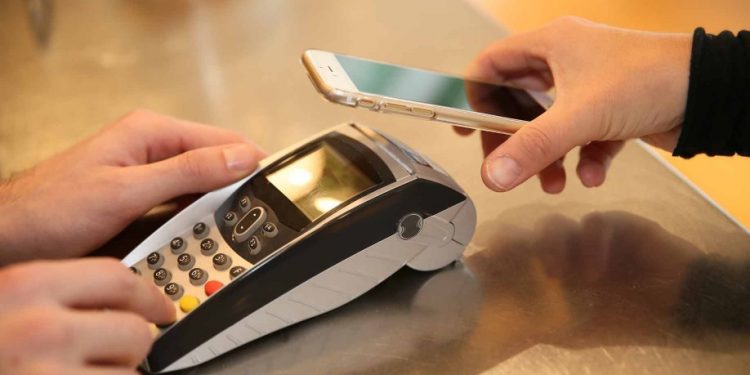When top card issuer Chase endorses a payment feature, it is time for the market to listen. When Chase starts to move, it is time for issuers to step up and devise a counter strategy, or at least follow the leader.
Yesterday they United States’ largest issuer announced that more than 100 million cards would be contactless EMV enabled starting in 2019. Contactless has been a sleepy feature in payment cards until now, as Americans settle down with EMV. As reported in Digital Transactions:
- Chase, the consumer banking arm of JPMorgan Chase & Co. JPM, +1.27% announced Wednesday that it would be sending out contactless Visa Inc. V, -0.41% credit cards beginning in the first half of 2019.
- The company will roll out tap-enabled cards on an ongoing basis when customers open up new accounts or have a card that’s up for renewal. Chase will launch contactless debit cards starting in the second half of 2019.
Dorothy, click your heels. Infrastucture is already in place.
- Visa said on its latest earnings call that more than half of all in-person transactions in the U.S. take place on a contactless-enabled terminal, even if they don’t involve a contactless card.
One of the reasons why the infrastructure is in place is that Chase’s Merchant Acquiring business, Paymentech, has a 19% marketshare. That makes Visa’s number credible.
No other issuer has yet to take such a bold stand on contactless EMV, so you can be certain that Chase will use it as a product feature. The firm tried contactless before with Chase Blink but that shuttered in 2011. It was a great idea but the market was not ready for it.
- Dan Sanford, Visa’s vice president, consumer products, told MarketWatch that he sees Chase’s adoption of contactless cards as the beginning of an industry move. He said the company’s big focus is on accelerating consumer adoption in places where speed and throughput are most important, such as quick-service restaurants, grocery stores, and pharmacies.
There are some practical reasons for the implementation, not least of which is the speed at the terminal. Visa Industry data says it takes around 10 seconds to launch a point of sale request for an EMV insert. The EMV Contactless has been clocked at 1 second. Now, multiply that by 83 billion US face-to-face transactions. That’s a lot of merchant and consumer time at the point of sale. The math indicates a potential savings of 8.6 million hours at the point of sale.
Maybe the new cards, which will cost between $1.70 to $2.65 wholesale are worth the money after all.
Ladies, and gentlemen, start your contactless engines. The future is now.
Overview by Brian Riley, Director, Credit Advisory Service at Mercator Advisory Group











